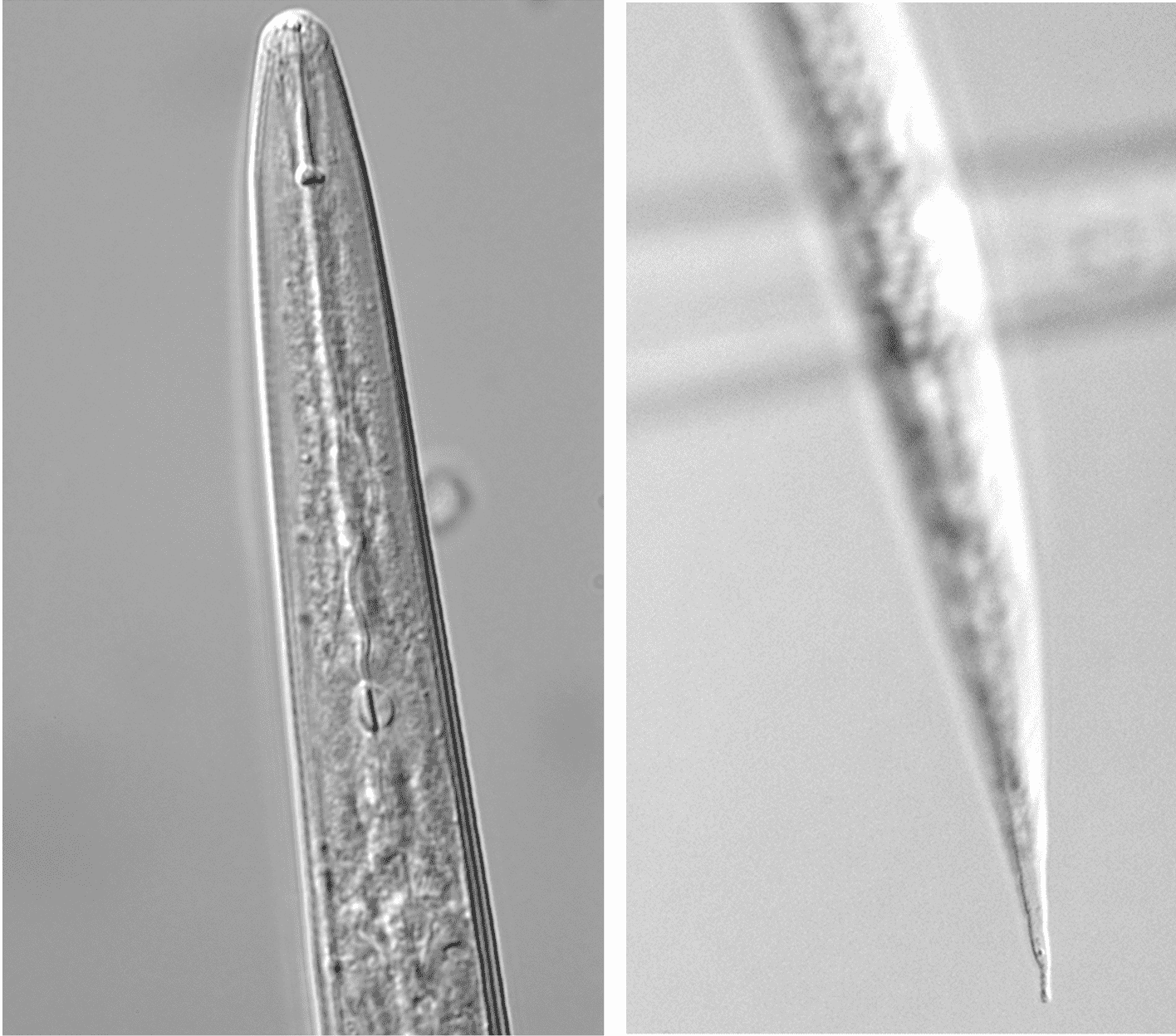
Why
Meloidogyne graminicola (Nematoda: Meloidogynidae - rice root-knot nematode) was first described in 1965 from grasses and oats in Louisiana (US). Since then, it has been found attacking primarily irrigated rice crops in Asia, and parts of the Americas and Africa. As in July 2016, M. graminicola was detected for the first time in the EPPO region in several rice fields of Northern Italy, the EPPO Secretariat decided to add this nematode to the EPPO Alert List.
Where
Until recently, M. graminicola was only known to occur in Asia, parts of the Americas and in South Africa. In July 2016, it was detected for the first time in Northern Italy in 7 rice fields in the Piemonte region (provinces of Biella and Vercelli), where eradication measures were put in place. In 2018, it was also found in Lombardia.
EPPO region: Italy (Lombardia and Piemonte regions, under eradication).
Africa: Madagascar, South Africa (only one report).
Asia: Bangladesh, China (Fujian, Hainan, Henan, Hubei, Hunan, Sichuan, Zhejiang), India (Andaman and Nicobar Islands, Andhra Pradesh, Assam, Bihar, Delhi, Gujarat, Haryana, Himachal Pradesh, Jammu & Kashmir, Karnataka, Kerala, Madhya Pradesh, Manipur, Orissa, Punjab, Sikkim, Tamil Nadu, Tripura, Uttar Pradesh, West Bengal), Indonesia, Laos, Malaysia, Myanmar, Nepal, Pakistan, Philippines, Singapore, Sri Lanka, Thailand, Vietnam.
North America: USA (Georgia, Louisiana, Mississippi).
South America: Brazil (Rio Grande do Sul, Santa Catarina, Sao Paulo), Colombia, Ecuador.
On which plants
The main economically important host of M. graminicola is rice (Oryza sativa) but this nematode has a wide host range of more than 98 host plants belonging to Poaceae and other plant families. M. graminicola has been found associated with other cereals and grasses, including weeds that are commonly present in rice fields. These weeds can be moderate to good hosts for M. graminicola and act as reservoirs when rice is not present during crop rotations. Within Poaceae, M. graminicola has been recorded on cultivated plants, such as: Avena sativa (oat), Hordeum vulgare (barley), Panicum miliaceum (millet), Pennisetum glaucum (pearl millet), Saccharum officinarum (sugarcane), Setaria italica (foxtail millet), Triticum aestivum (wheat), Zea mays (maize), and many weed species (e.g. Alopecurus spp., Brachiaria spp., Cymbopogon citratus, Cynodon dactylon, Digitaria spp., Echinocloa colona, Imperata cylindrica, Leersia hexandra, Paspalum scrobiculatum, Pennisetum pedicellatum, Phyllanthus urinaria, Poa annua, Sacciolepis indica).
In addition, several cultivated plant species belonging to Asteraceae, Cucurbitaceae, Fabaceae, Solanaceae and a few other families have been recorded as hosts of M. graminicola, such as: Allium cepa (onion), Allium tuberosum (Chinese chives), Brassica juncea (mustard), Brassica oleracea (cabbages), Cucumis sativus (cucumber), Glycine max (soybean), Lactuca sativa (lettuce), Musa sp. (banana), Petunia sp. (petunia), Phaseolus vulgaris (common bean), Pisum sativum (pea), Phlox drummondii, Solanum lycopersicum (tomato), Solanum melongena (aubergine), Solanum tuberosum (potato), Spinacia oleracea (spinach), Vicia faba (broad bean), Vigna spp.
